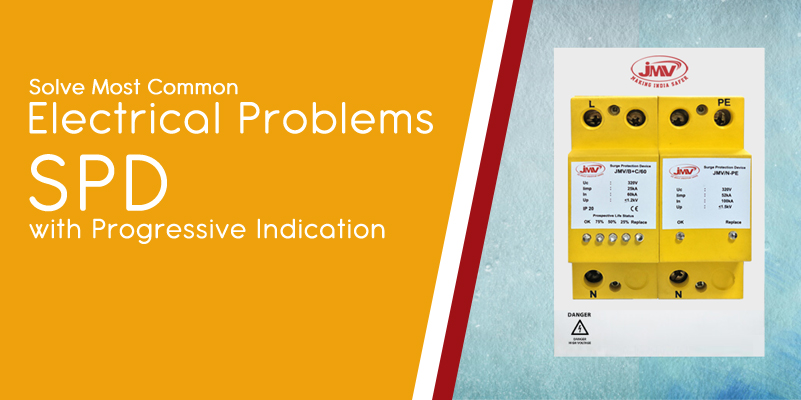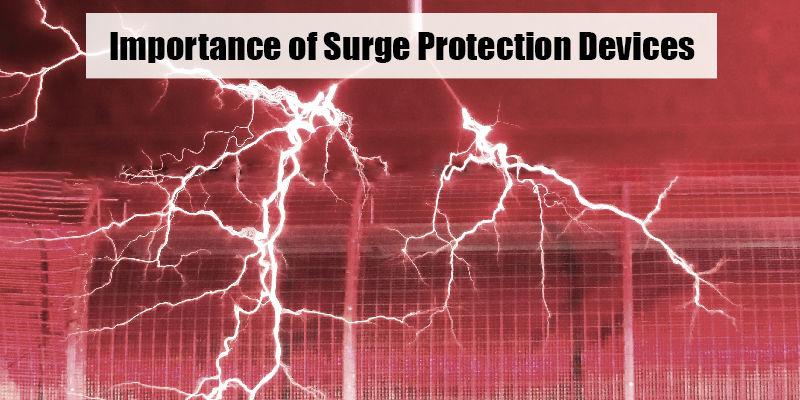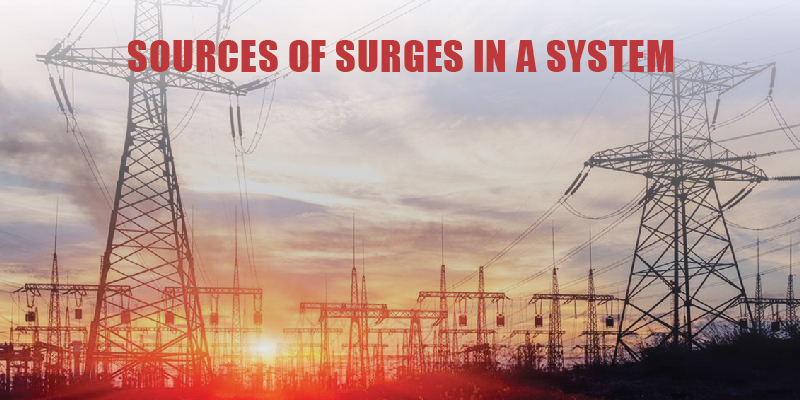
Home and business owners should have a basic understanding of the electric system at their facility, and its safety concerns should be addressed. Setting up electric or electronic systems is relatively easy, but ground rules on safety should be followed and not compromised.
We've compiled and written this guide to help you decide on the most common electrical problems we face daily concerning the ever-evolving safety standards. Through this guide, we are sure that you can solve all the standard electrical issues and prevent them.
Described below are few common electrical faults that can be identified so that the electric hazards can be prevented:
1. Lightning and Switching Surges: Lightning events are no stranger in India, as millions of lightning strikes are recorded each year. Living in a big area prone to these natural electric discharges, you must have a protection system installed as it disrupts lives significantly. They can strike pretty much anywhere on the ground, causing electrical surges. You need to install a standard-compliant conventional lightning protection system involving air terminals, a down conductor network, and earthing system. Also, frequent switching activity is another culprit for surge generation that might create more significant problems.
2. Broken Electrical Components: (Light Switches) Imagine you at your facility trying to flip a light switch and find that the light flickers on and off or sees a spark when switched on. This means that the circuit has blown off, or there is some issue with the wiring system or the outlet, which can cause a more significant electric problem in your facility. Switches are an important segment of large and complex electrical systems so any damage to these parts should not be neglected.
3. Loose or Corroded Outlets Should be Attended: Loose or corroded outlets can be damage-causing and should be addressed as early as possible. Of course, you can quickly fix this issue by yourself, but it should be cautiously dealt with. You do not need special tools or expertise but - outlet shims, a wire tester and a screwdriver. Before fixing, make sure that the breaker is off, as otherwise, there are chances of getting a nasty shock while you're working. Then, unscrew the cover plate and test the wiring. Further, add outlet shims to the wobbly outlets to fix them tightly against the wall again, then screw back the outlet. This fixing process is the same with a corroded outlet, and it's just that you have to screw back a new outlet cover.
4. Warm Outlets are Not Uncommon Any More: If your outlet keeps heating up and is warm when touched, then it indicates that your wiring needs serious repairs. This issue should be taken care of immediately, or else your outlets could begin sparking and burn up, or other dangers could arise.
5. Electrical Short-Circuiting: Short-circuiting, generating excess voltage and making it pass through a power source can be due to – faulty wiring or ground, loose connections, using appliances that suck up a lot of power, etc.
6. Frequent Tripping of Circuit Breakers or Fuses: Tripping the circuit breaker is a good thing as it protects electric circuits from overload that can initiate fire hazards. These are sacrificial devices that are a mandate in every electric network which should be fixed back once tripped.
Related Post: Importance of Surge Analyzer & Surge Counter
7. Improper Earthing/ Grounding Installation: Non-provision of earthing system or fault in an existing grounding installation means the electric network is devoid of any protection in case of fault occurrences causing unsatisfactory working of electrical appliances or its gradual failure. Proper maintenance free earthing system as per IS 3043: 2018 and NBC 2016 should be in place for today's sensitive and sophisticated appliances/equipment and overworked sockets and cables where it can cause electrocution, fire hazards or any other such hazard if the exposed parts of this sensitive equipment.




